Is Support for Hasina on the Rise in Bangladesh?
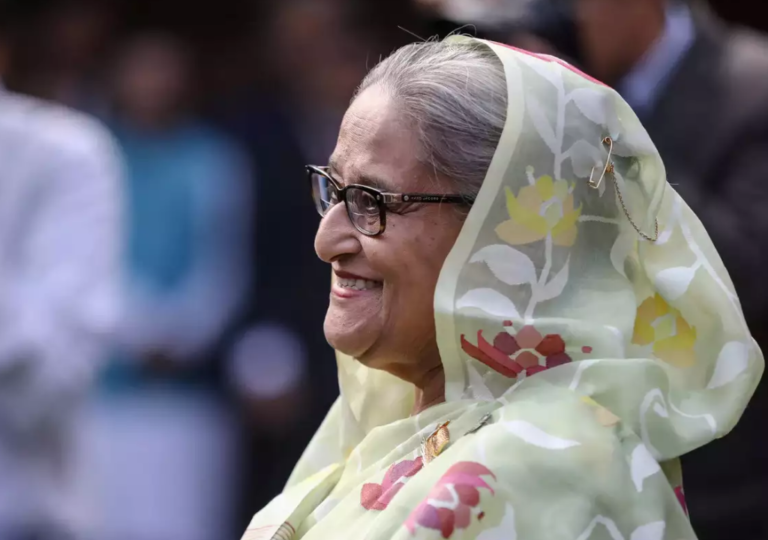
As Bangladesh navigates through a political crisis, is support for Prime Minister Sheikh Hasina growing?

As Bangladesh navigates through a political crisis, is support for Prime Minister Sheikh Hasina growing?
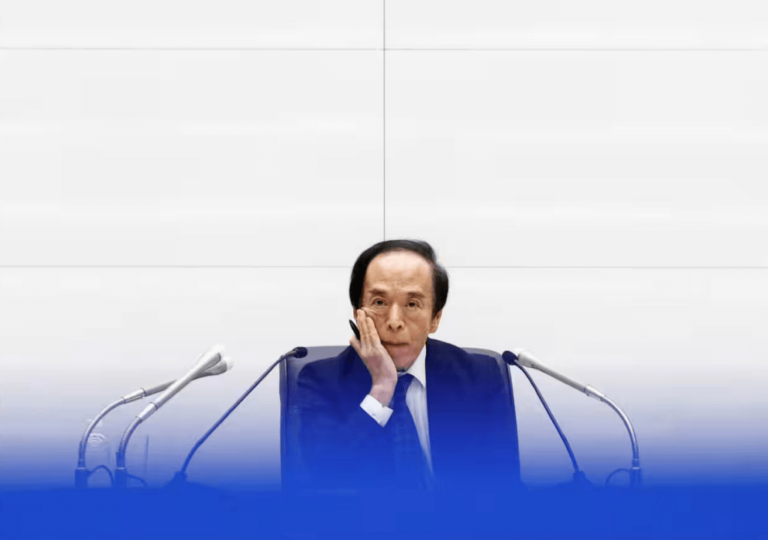
In his second term, Trump continues to clash with allies, undermining longstanding partnerships, all while the global political landscape grows ever more volatile. Against this backdrop, Japan’s Prime Minister, Shigeru Ishiba, visited Washington last week, seeking to reaffirm the U.S.-Japan…
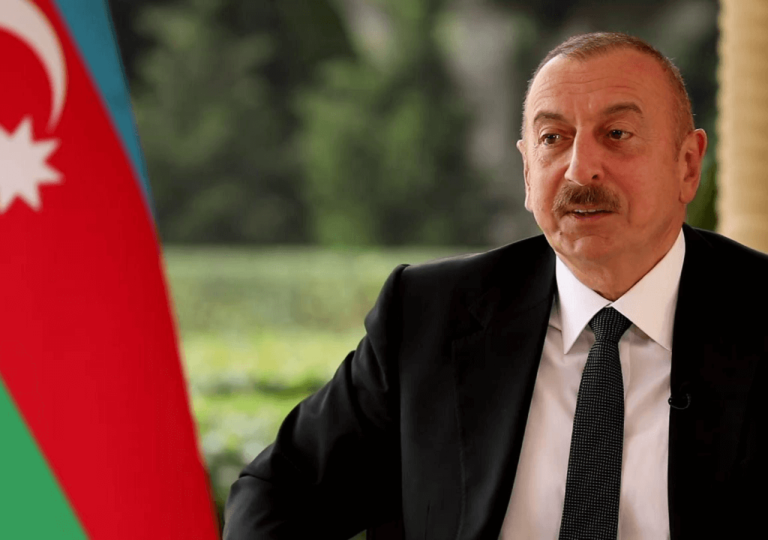
Azerbaijan’s rare defiance against Russia marks a shift in regional power dynamics. What led to this bold move, and what does it mean for Moscow’s influence?
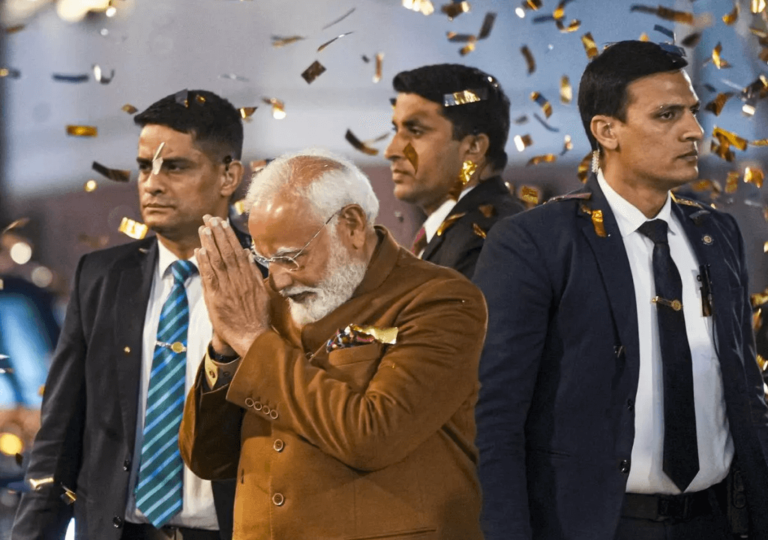
After years of resistance from the Aam Aadmi Party, Narendra Modi and the BJP have finally secured control over India’s National Capital Territory, marking a significant political shift in Delhi
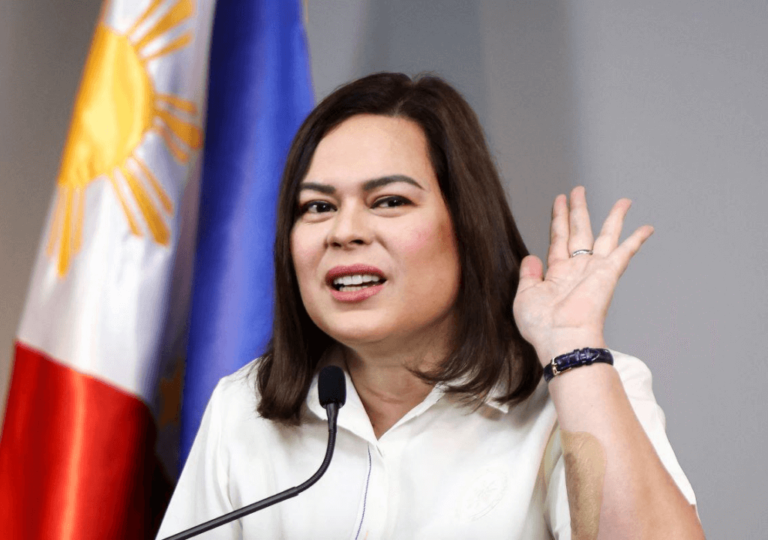
Philippine Vice President Sara Duterte faces impeachment over accusations including plotting to assassinate the president and large-scale corruption

Donald Trump announces plans to take control of Gaza from Israel, aiming to clear out the current population and launch a high-value real estate project
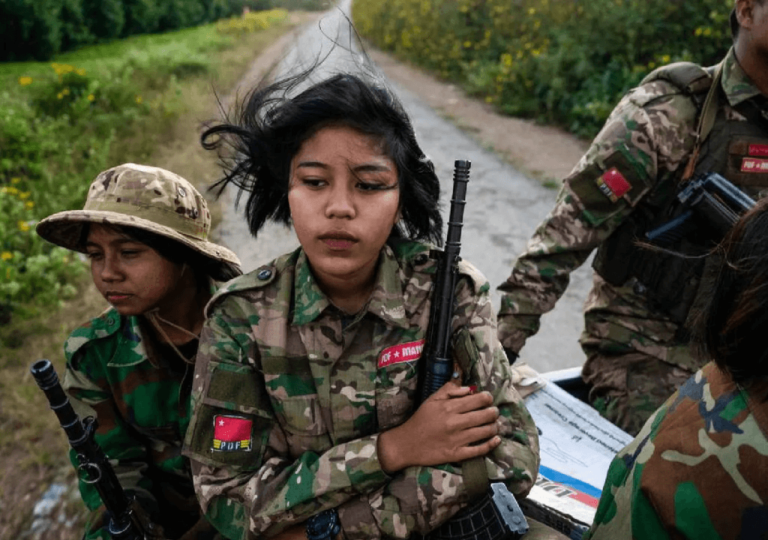
Myanmar's civil war intensifies, displacing millions and causing widespread devastation as the junta's power weakens and the country risks fracturing.

As U.S.-China trade tensions escalate, Singapore faces economic vulnerabilities despite avoiding direct tariffs
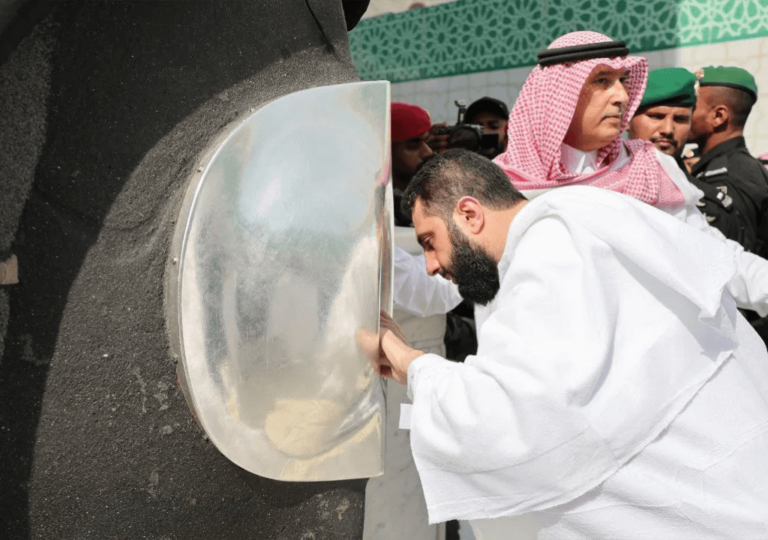
As Syria strengthens ties with Saudi Arabia, it signals a shift in regional power dynamics. Explore how this renewed alliance is reshaping the Middle East
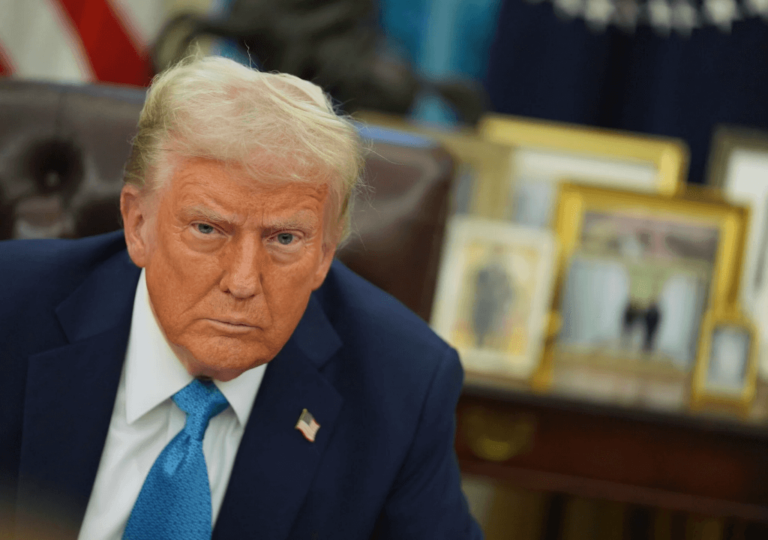
Trump imposes new tariffs on China, escalating trade tensions while signaling a tougher stance on economic policies